This Is What You Need To Know About Kitchen Mixers
It's time to know the difference between a blender and a food processor.

Breaking that down...
1. The STAND MIXER and the HAND MIXER do the same things.
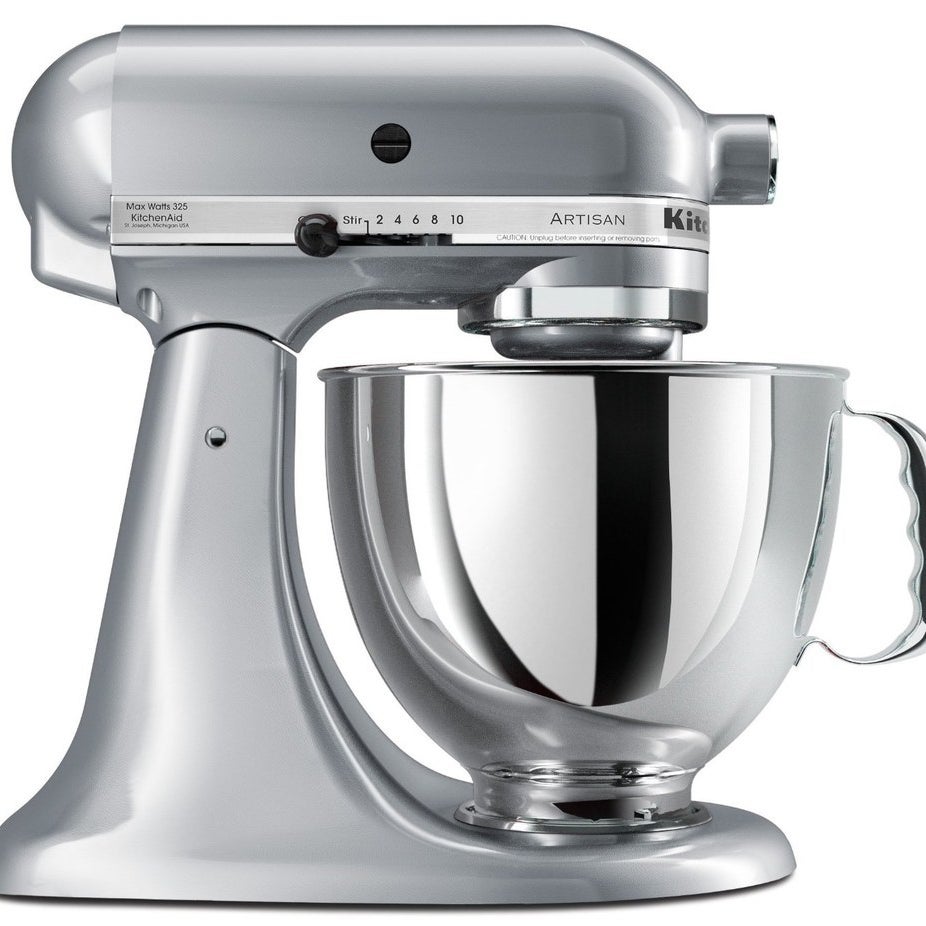
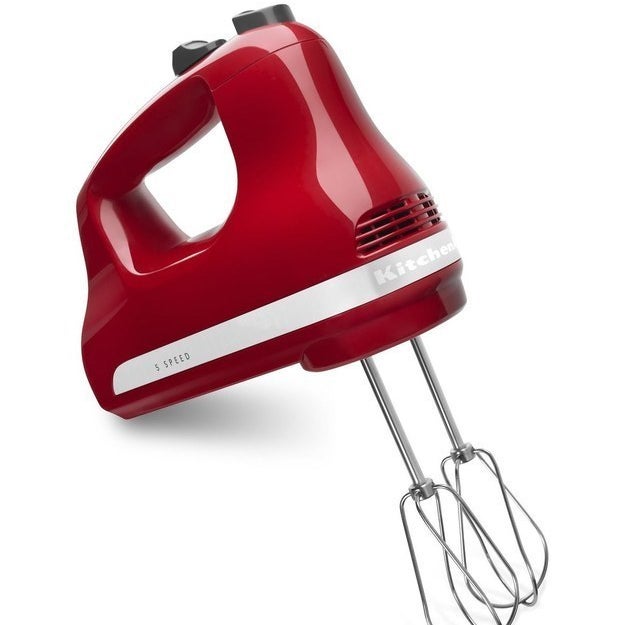
The differences are SIZE (hand mixers are better for mixing smaller quantities, since you can scrape the bowl down with the beaters as you go, ensuring even mixing) and EFFORT (you can walk away from a stand mixer while it works, but you have to hold a hand mixer and the bowl, which makes it less ideal for things that take a while to whip, like egg whites, or kneading dough). And of course, hand mixers make for easier cleanup. But really, you can do anything with a hand mixer that you can do with a stand mixer (not counting all of the next-level stand mixer attachments like pasta roller and meat grinders, which essentially transform it into a different machine).
Stand mixers come with lots of attachments, but these three are the most important.
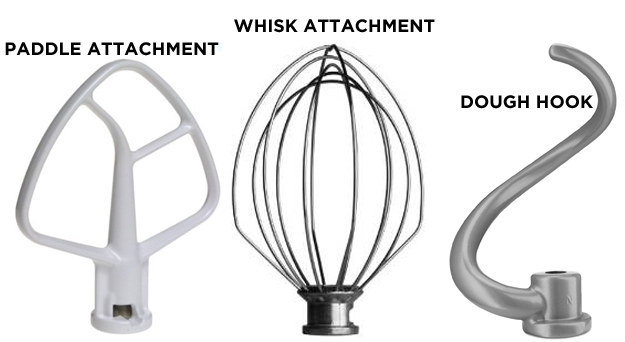
These are the hand mixer attachments.
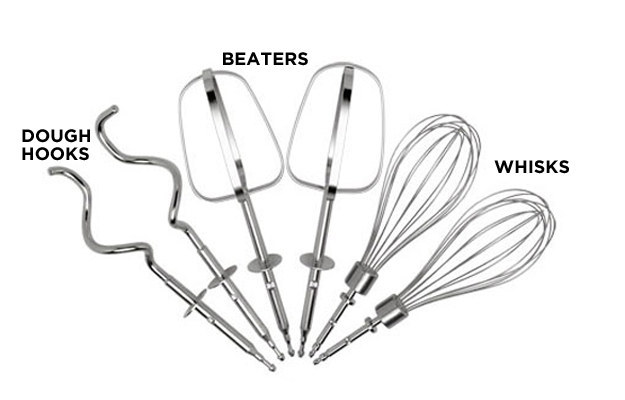
2. Use a FOOD PROCESSOR for chopping, grinding, or blending things into a thick, coarse paste-like mixture.
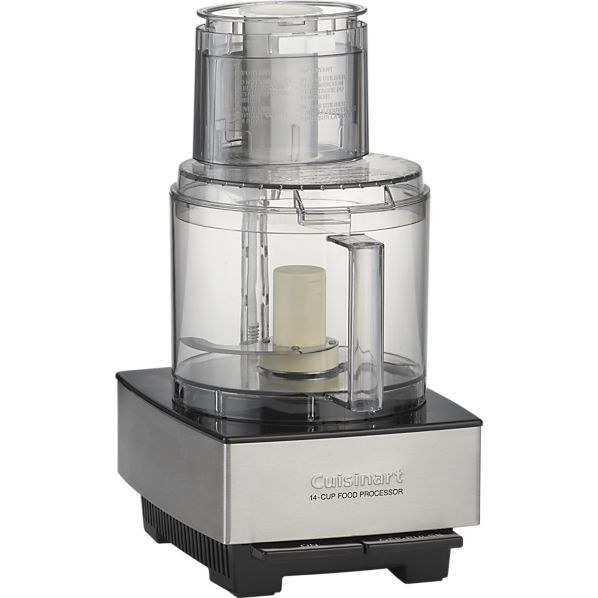
Food processors come with lots of attachments, but these three are the most important.
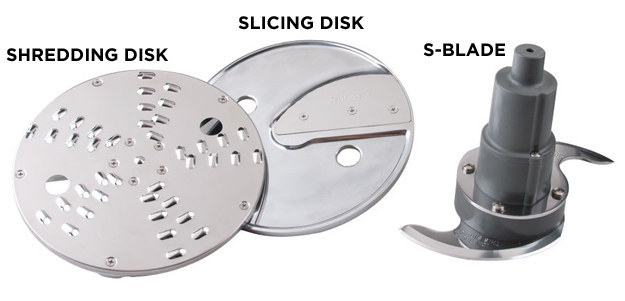
4. Use a BLENDER for puréeing, blending liquids, or emulsifying.
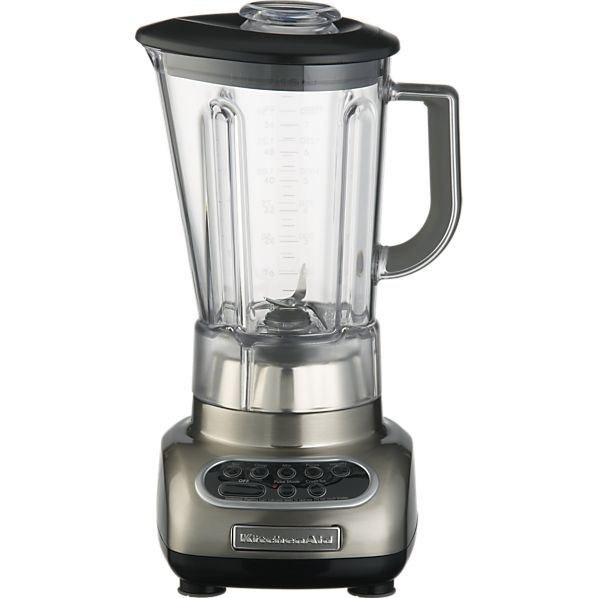
A blender makes soft creamy liquids (purées). For example, you'd put a bunch of cooked vegetables it in with stock to make soup. But if there's not enough liquid in the blender, the blade won't make enough contact with the mixture being blended to churn it around and purée it evenly. Translation: without enough liquid, ingredients in a blender won't blend, and the motor will burn out. So, blenders are better for anything with a thinner consistency, while food processors are better for thicker mixtures. (Also be careful not to fill a blender entirely with hot liquid or when you turn it on, pressure from steam will blow the top off the blender and your kitchen will be a mess.)
A blender can also emulsify (combine any liquid with fat to create a thicker, creamier mixture) vinaigrettes or sauces like hollandaise. First, add liquid (usually vinegar or some kind of citrus juice) to the blender and start blending. While the blade is turning, add oil in a slow and steady stream. The blade moves the mixture around fast enough to emulsify the liquid and the fat, which is how you get a delicious creamy sauce or salad dressing.
Use an IMMERSION BLENDER for blending liquids to a chunky consistency, or blending during cooking.
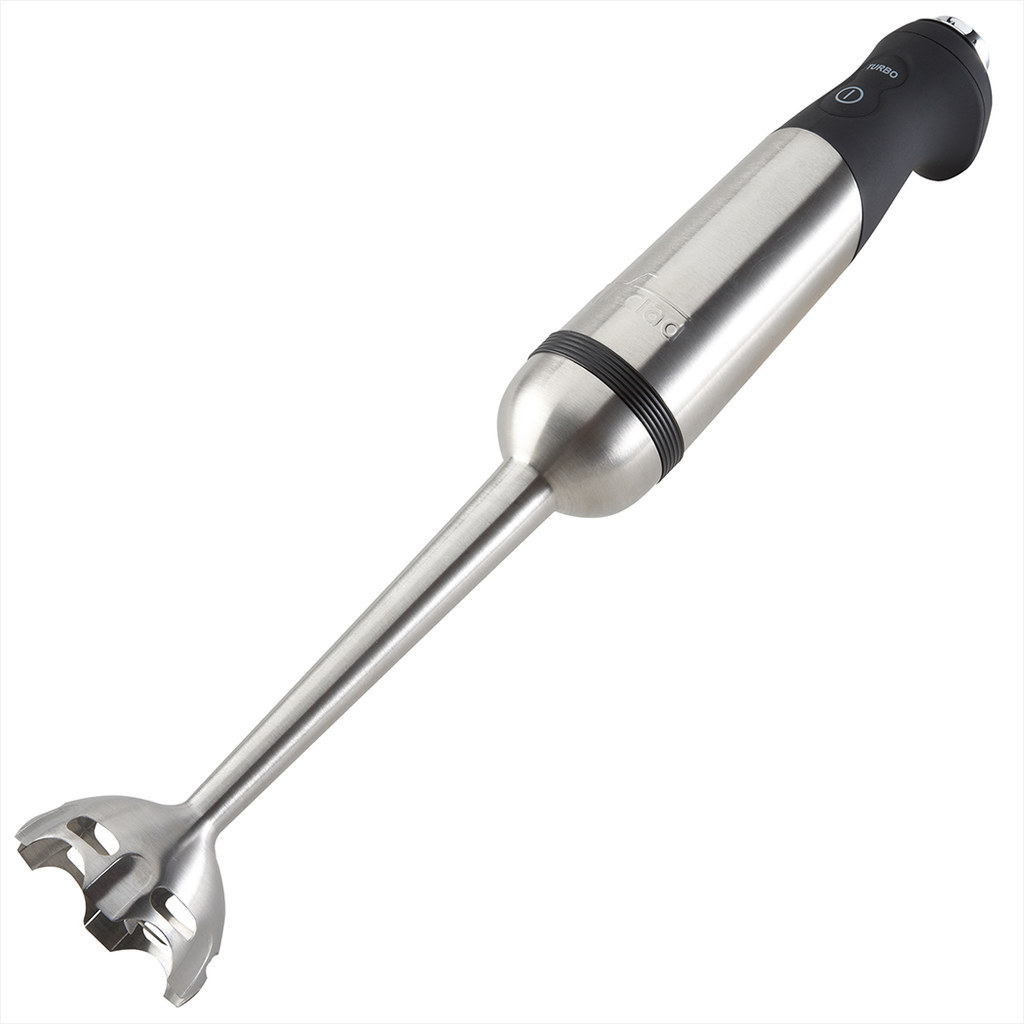
An immersion blender has the same blade as a regular blender. Since it's hand-held, you can move it around during blending and create a sauce that's blended but not completely puréed, which makes it great for anything that should be a little chunky as opposed to totally smooth like tomato sauce, chunky soups, or apple sauce. Immersion blenders are also useful for blending things during cooking as opposed to before or after, since you can blend a mixture directly in the pot or pan it's being cooked in. This is especially helpful if you need to blend a HOT mixture, since putting a hot mixture into a blender and turning it on can blow the lid off.
INFOGRAPHIC PHOTO CREDITS: Dough/Batter, Cookies, Cakes, Egg Whites, Meringue, Butter/Sugar, Frosting, Cream, Whipped Cream, Yeasted Dough, Sweet Rolls, Bread, Latkes, Coleslaw, Chips, Gratin, Falafel, Pesto, Hummus, Nut Butter, Pie crust, Smoothies, Soups, Hollandaise, Vinaigrette, Chunky Soup, Applesauce, Tomato Sauce

